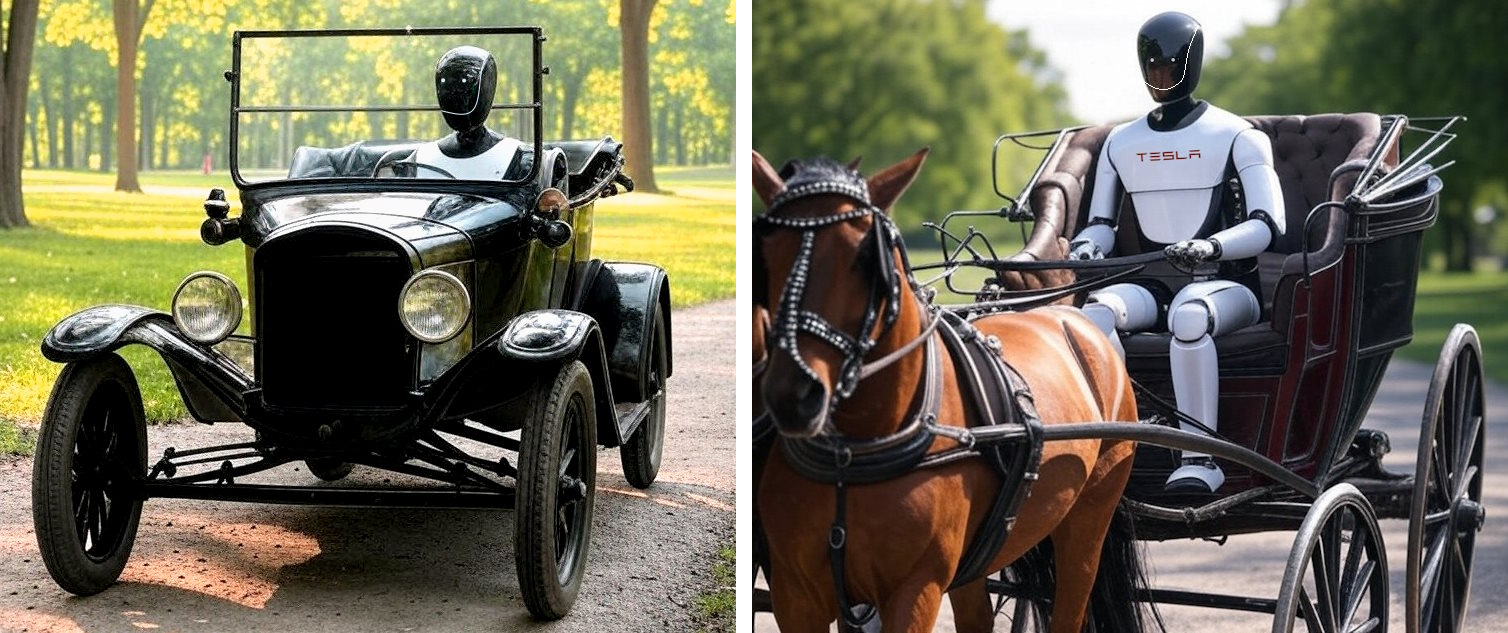
Electric Vehicles
My electric assist recumbent trike that I rebuilt and modified from a basic parts kit. The 1500 watt, 48 volt, rear hub motor can reach 60 kmh. The tool box holds the lithium-ion battery and controller, with room for a small bag of groceries. Front disc brakes operate with left lever, rear disc with right lever. Parking brake lever is under the seat.
Teslas charging at a solar powered super charger station.
Front view of a Model 3 rear drivetrain - removed with just four bolts. The motor and the inverter are both inside the cast housing. The orange cord plugs into the "skate board" battery pack.
The Model 3's front trunk, called the "Frunk". The bag contains the charging cable with 120v and 240v adapters.
The Model 3's rear boot with more storage underneath the floor panel. The rear seats fold forward giving a large flat cargo area.
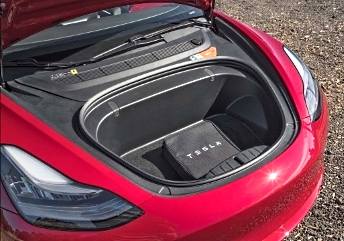
The Model 3P does 0-60mph in about 3.1 seconds, has a top speed of 160mph and a range of 350 miles. Like all Teslas, many features, including the range and acceleration, are constantly improving.
The Tesla Semi (full production, 2026) has three motors on the rear axles, a 500 mile range and will accelerate empty from 0 to 60mph in 5 seconds, and, at maximum weight of 82,000 lbs (41 tons), in about 20 seconds. It can recover 70% of range in 30 minutes using Semi Superchargers. The driver sits in the center for the best visibility and control and therefore no need for a different right hand drive model for other countries. Designed for maximum aerodynamic efficiency, including the "driver's step" inside the door.
The Tesla Model 3 and Y Interior - the most "minimalist masterpiece for the masses". Everything is controlled, accessed or assigned to the steering stalks & scroll wheels by the 15" central touchscreen.
Equipped with Manual-Independent or Self-Leveling capability to adjust to uneven ground.
The Tesla Cybertruck Pickup!
- designed for extreme functionality and strength above all else and can comfortably seat six adults. There will be three models - dual, tri and quad motors with rear wheel steering giving a tighter turning radius, - incredible acceleration, a 340 mile range and able to carry 2500 lbs and tow 11,000 pounds. All models will include: a built-in compressor, adjustable air suspension, and 120/240V AC outlets for jobsites, camping or even to power your home during a blackout!
Starting with a comparatively impenetrable exoskeleton, every component is designed for superior strength and endurance, from Ultra-Hard 30X Cold-Rolled stainless steel structural skin (same as the SpaceX Starship) to Ultra strong, polymer layered composite "armor glass". The Tonneau Cover retracts into the body and is strong enough to stand on.
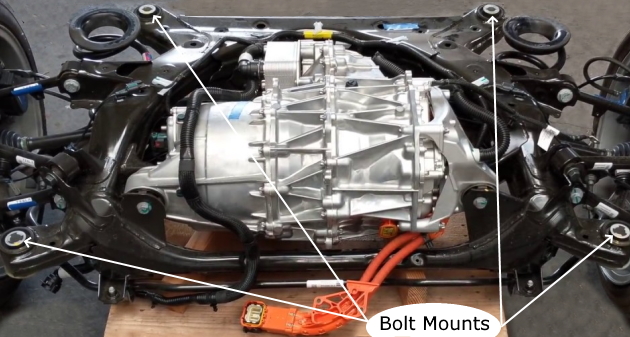
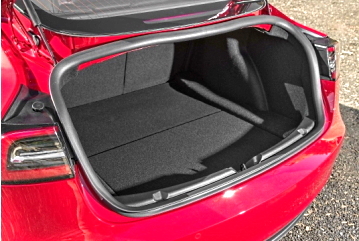
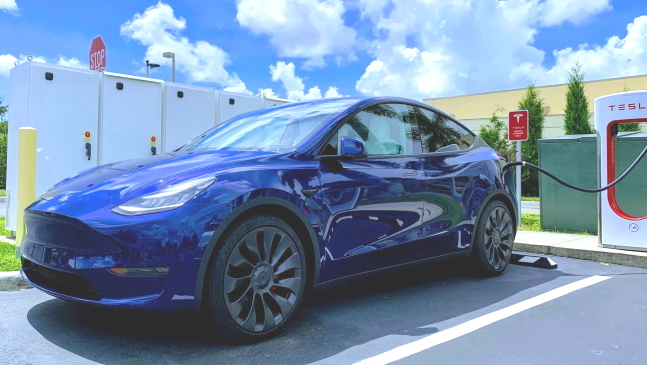
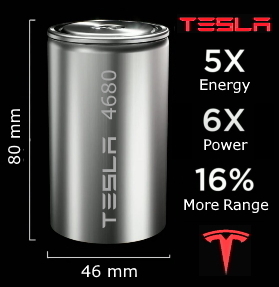
It's available in the Dual Motor long range and the Performance version. Since it's larger than the Model 3, it has slightly less range and performance but has more room and with the third row seat option, it will be able to carry two extra, but smaller passengers.
Its advanced technology includes an Octovalve Heat Pump HVAC system and a three part frame with front and rear one piece castings and a central integrated battery/frame structural section.
Model Y at a Tesla Supercharger
Since childhood I've been fascinated with electricity, back then playing with batteries, wires, lights, switches and toy motors. When I got older, I realized that electric motors are far more efficient (simpler, quieter, smaller, lighter, greener) than gasoline engines and therefore are chosen if their use is close to a source of electric power - especially indoors or enclosed spaces like a Submarine - (see Building A Submarine page)
But, as a student of physics, I understood that there is a far greater source of energy in a given volume of gasoline or diesel than in any battery. Even though an electric motor is about three to four times more efficient than a gas engine, gasoline has dozens of times more energy density than a typical battery. But, battery technology is improving and capacities are increasing steadily, see Tesla's 4680 battery below.
Also, an electric car can generate power back into the battery when braking or even driving downhill, which not only adds to the range, it extends brake pad and rotor life. Many users often drive hundreds of urban/city miles without ever touching the brakes. In fact, the car gets even better range in urban/city areas than on the highway where wind resistance becomes a factor and there is little opportunity for regenerative braking. And, an electric car doesn't idle. When it's stopped in traffic or parked, even with the heater or AC on, the motor is stopped too, it drawing no power from the battery, nor wasting fuel or exhausting toxic fumes.
When Albert Einstein was asked what it felt like to be the smartest man in the world,
he said, "I don't know, you'll have to ask Nikola Tesla."
An Introduction
For Beginners



The Tesla Roadster With two electric motors in the rear and one in the front, this is expected to be the fastest 'production road car' in the world with 0 to 60 mph in sub 2 seconds, top speed over 250 mph and a range over 500 miles on a single charge. Seating for four with a lightweight removable glass roof that stores in trunk. When produced, (2026?) the acceleration could be even greater. (especially if Elon offers the SpaceX Thruster Pack option)
The Model S Refresh The Plaid has one of the quickest acceleration times of any "production" car ever, with 3 torque vectoring high performance electric motors with carbon-sleeved rotors, producing 1,020 horsepower. It can do the quarter mile in 9 seconds, reaching 155 mph. (trap speed)
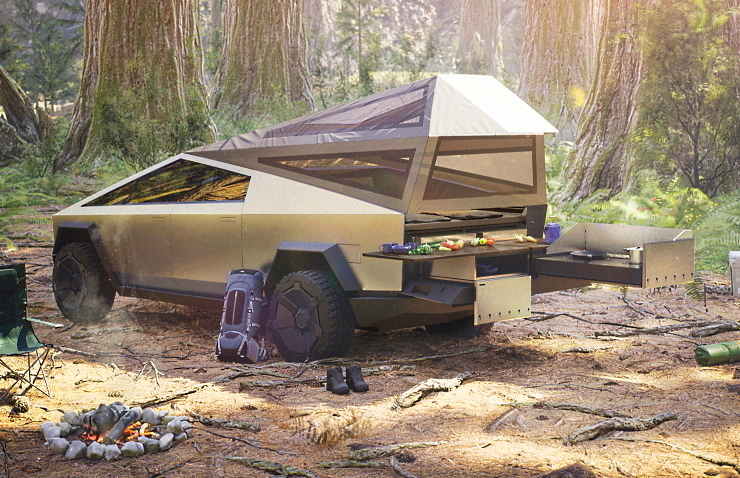
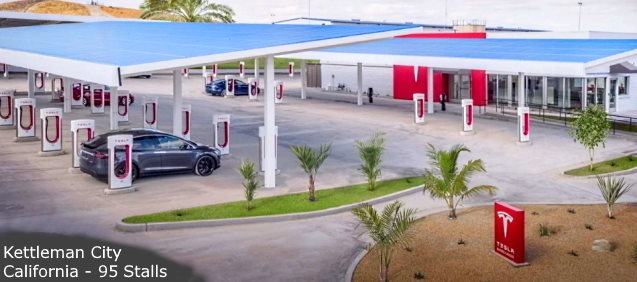
Since the battery is large, flat and under the floor, it allows for a greater volume than a gas tank and also lowers the centre of gravity. This allows the car to corner, brake and accelerate with much less leaning or rocking and makes it much more difficult to roll over.

* if the rest stop has charging stalls (of course) but more are being added all the time and usually on or close to major routes. The car's navigation screen will let you know where they are and each one's current usage.
All Teslas can be charged from any electric outlet, 120v or 240v and at any charging station including Tesla (NACS) Superchargers of course (V3 to 400v, V4 up to 1000v) and even from wind or solar power. (solar below)
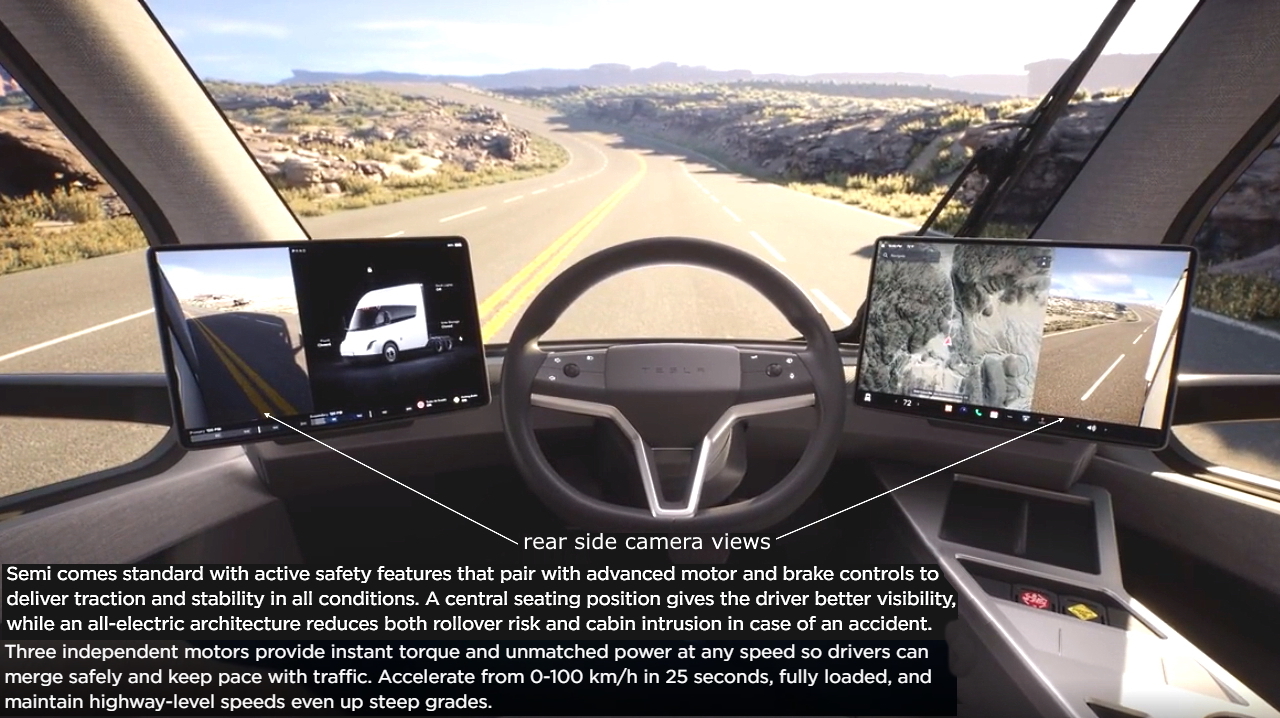
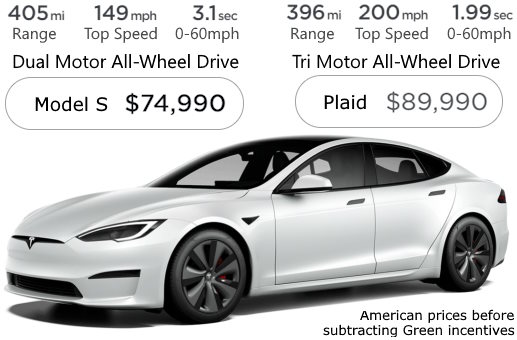

A Tesla Semi at a Pepsi warehouse. Deliveries are ongoing and driven daily in various runs. About 100+ are planned to be delivered during 2025.
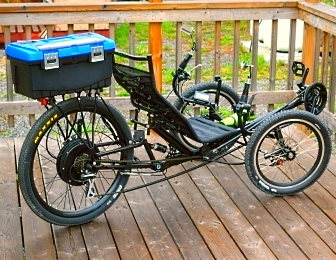

A Tesla Semi delivering an assortment of Tesla vehicles, including a Cybertruck, in September 2023
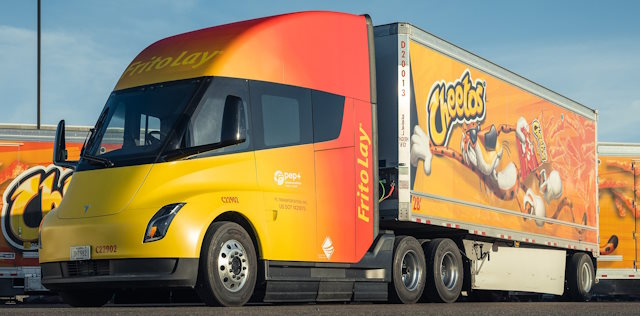
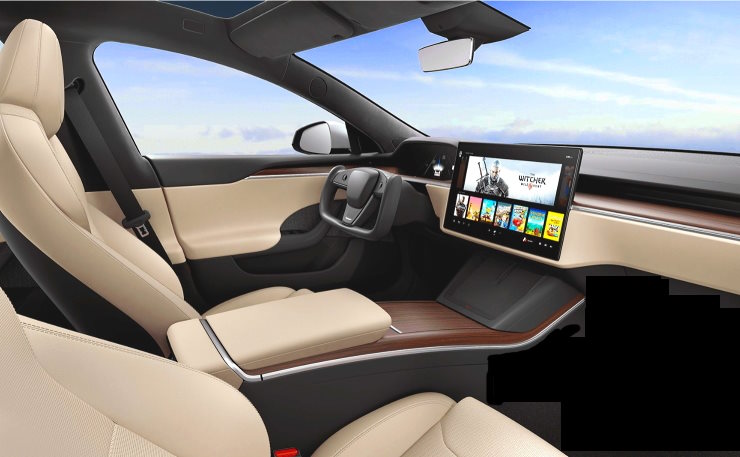
10 Teraflops Processing Power enables in-car gaming
22 Speaker, 960 Watt Audio with Active Noise Cancelling
Multi-Device Bluetooth Wireless and USB-C fast Charging for every Passenger
It also features "Steer by Wire" which allows a higher steering ratio at low speeds, eliminating hand-over-hand steering, giving more control when making sharp turns, and easier to hold the steering wheel if the vehicle hits a pothole or loses control, and it's more efficient than "energy hungry" high pressure hydraulic power steering pumps and systems.
“Cybertruck can have any color you want, so long as it’s nothing.” Elon Musk
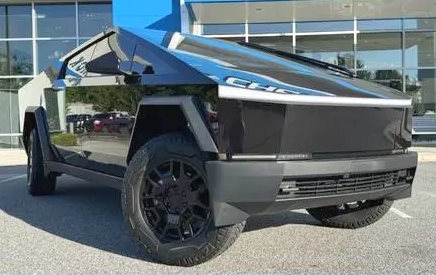
It also has "Brake by Wire" allowing for the brake pedal travel to be more aggressive during fast or spirited driving and more relaxed in traffic. And it dispenses with that flammable and corrosive hydraulic brake fluid, cylinders, calipers and lines. (and all under high pressure when braking)
* But incredible colourful coverings are available from numerous, "Vinyl Wrap" shops.
Electric vs Hydrogen Cars
“If you can create a self driving car, which is a robot on wheels, then you can make a robot on legs as well." Elon Musk
A Comparison of Hybrid Electric and pure Battery Electric vehicles
A Hybrid is a mixture of two different things, resulting in something that has a bit of both — like the crossbreeding of a Labrador Retriever and a Poodle, creating the Labradoodle. On the Make Your Own Memes page I asked GROK to generate a hybrid image of a Zebra and a Giraffe, creating, what I have called, the Zebraffe!
Similarly, a Hybrid car combines a gasoline engine and an electric motor, originally to offer the advantages of both — the clean, quiet power of an electric motor with the extra range of a gas engine and the convenience of a quick fill up anywhere. With an HEV you can also have the combined power of both when quick acceleration is needed, although with regular driving the gas engine can use the electric motor as a generator to keep the small battery charged. This car is also ideal for those who have no access to home charging. It can be driven and fueled just like a regular gas car with the advantage of some regenerative braking and needing no separate starter motor. It saves money on expensive batteries and it doesn't need to idle when stopped. The gas engine turns off, and the car will begin to move with just the electric motor which will then start the gas engine.
When Toyota introduced the Prius in 1997, this was a good idea, and many others followed creating a variety of esoteric hybrid designs. Now Toyota is planning on making only Hybrid cars.
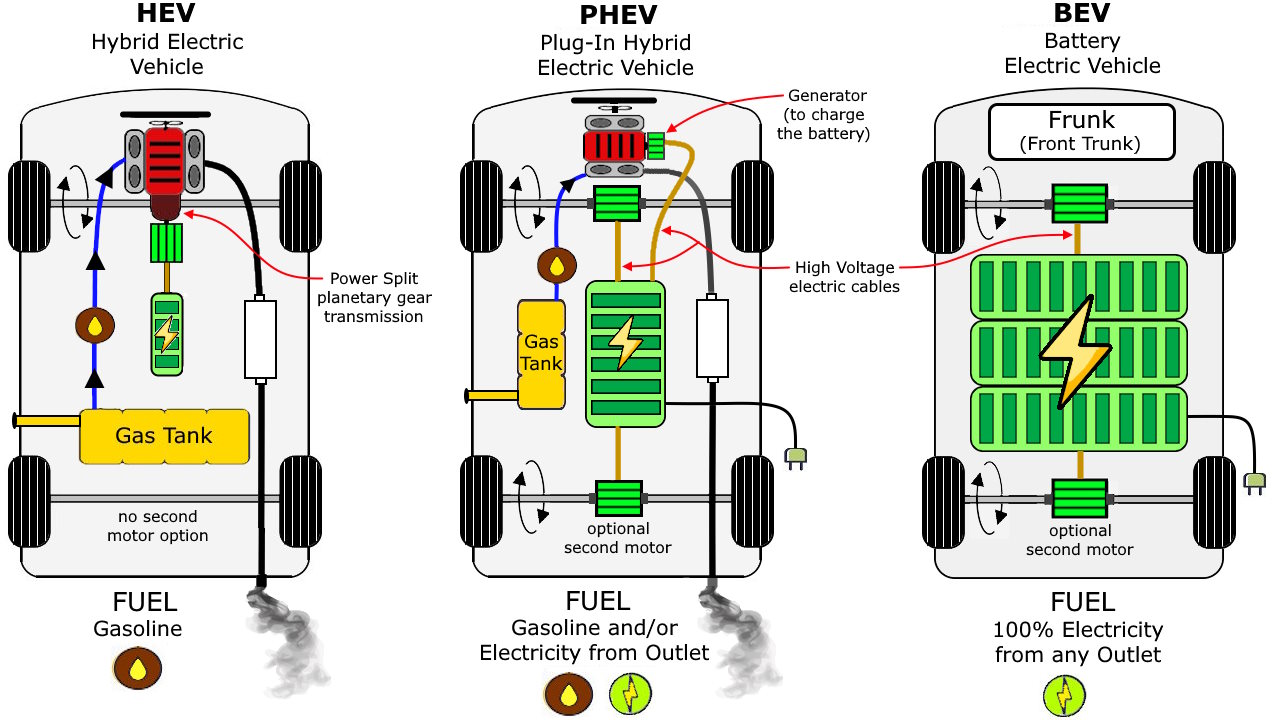
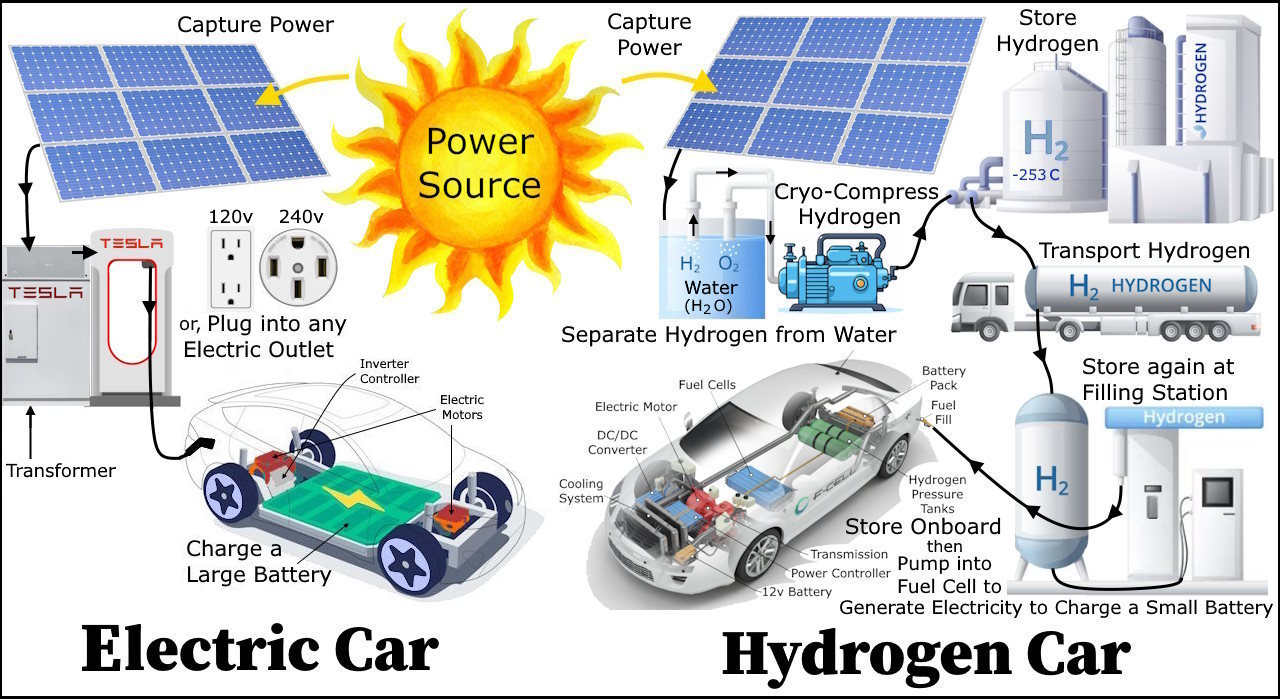
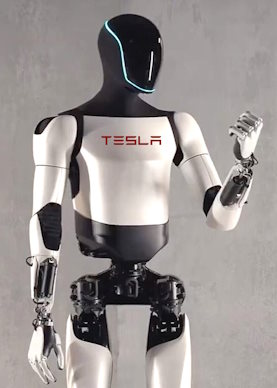
my GROK images
